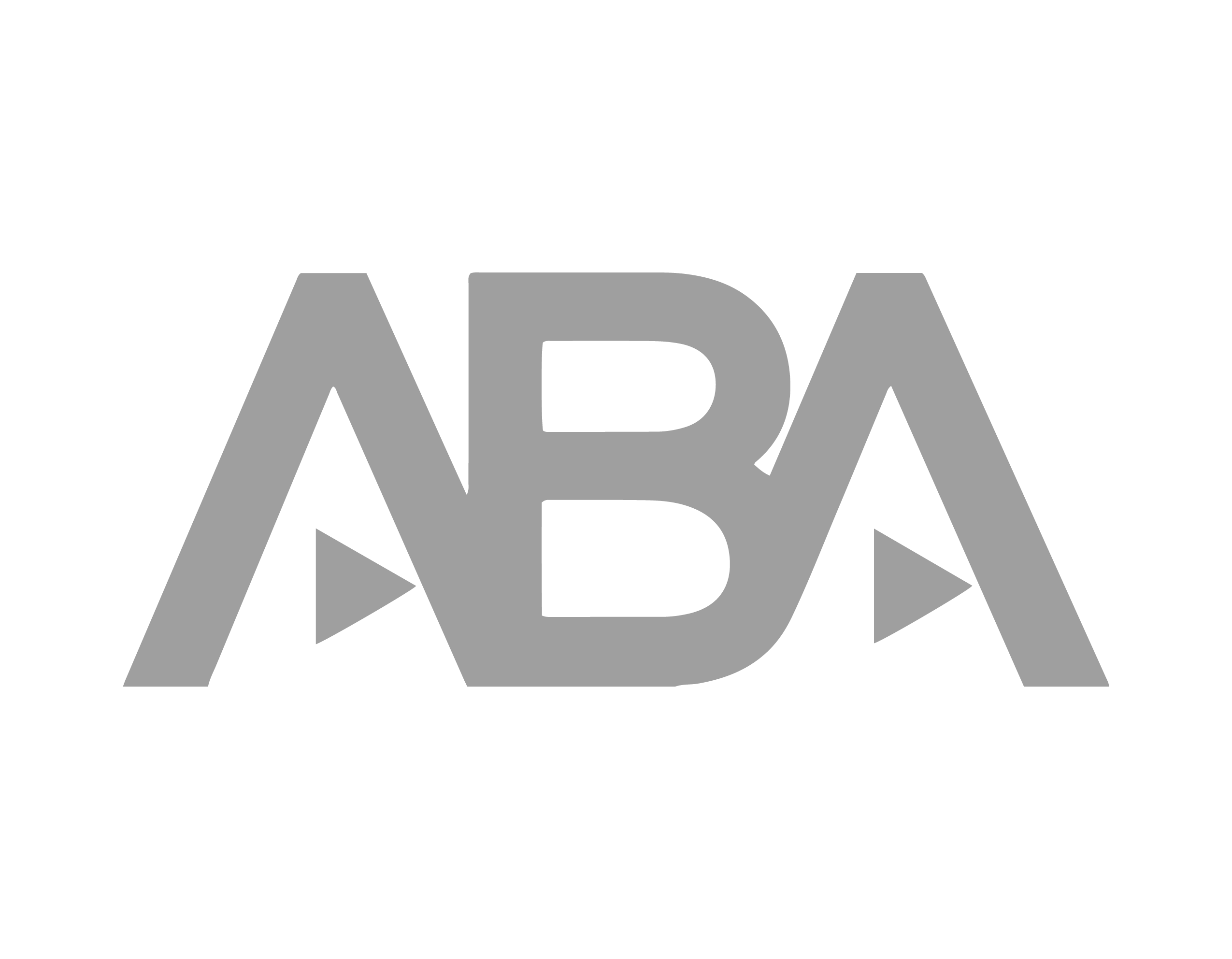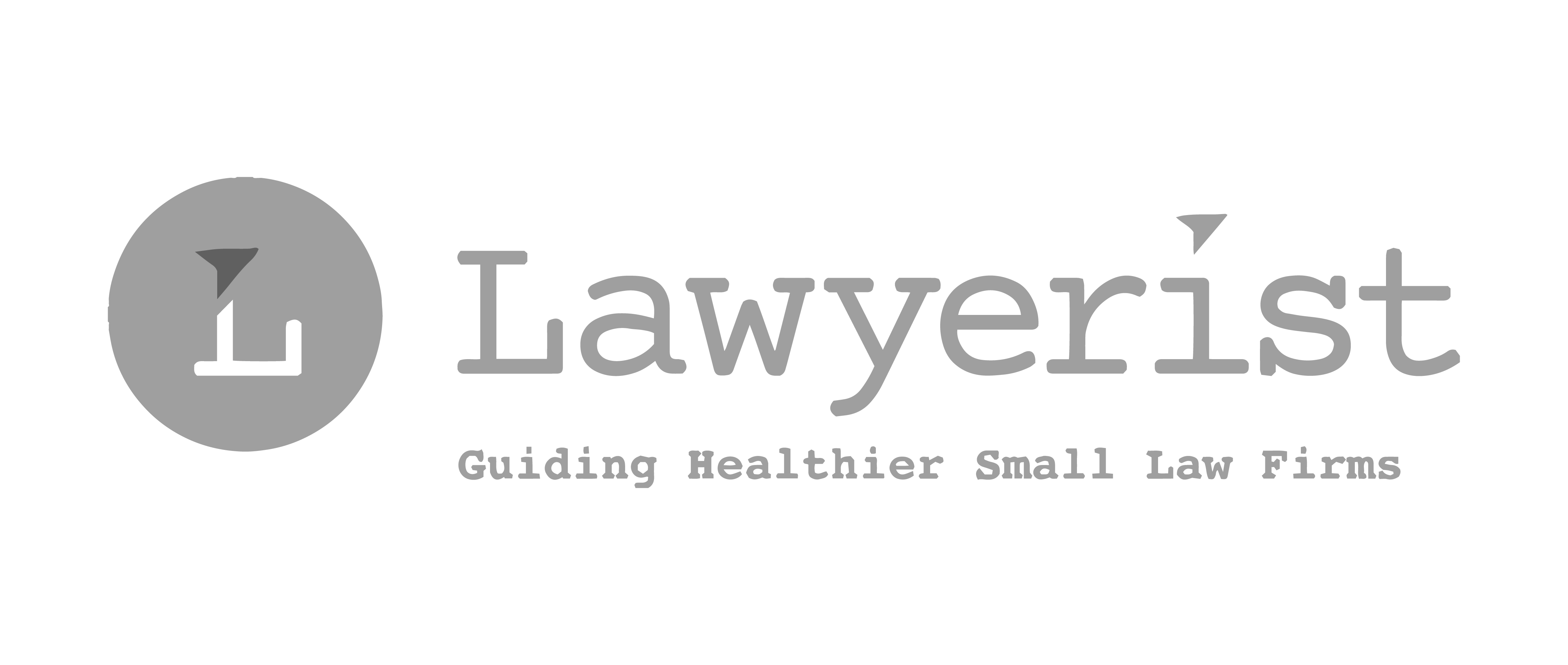50 Shades of Content Marketing for Law Firms
Content is key to finding and validating prospective firms and law firms are getting on board as they discover its potential for promoting their brand and reputation, establishing expertise and building trust.
Here are 50 shades of content marketing, though unlike the book and movie, this list is not intended to titillate, unless you’re excited at the prospect of increased awareness for your firm, establishing thought leadership, and attracting new clients.
1. Advertising (Print & Online) – Add advertising to your law firm marketing mix. It’s effective. See: How to Target and Test Your Law Firm Display Advertising Campaigns.
2 . Attorney Bios – Attorney profiles continue to be among the more highly trafficked pages on law firm websites. Keep them current and relevant. See: Toward Great Attorney Bios: 6 steps every lawyer can take right now.
3. Blog Posts – Many of the top blogging lawyers blog because they love to write and share their knowledge, experience, and passions. Business development is not what drives them but establishing themselves as experts can result in speaking engagements and new business. See: Why Do You Blog? 23 Lawyers Weigh In.
4. Books (Print) – This takes more effort that most of the items on this list but once completed, it can be used to get speaking gigs and establish the author as an expert.
5. Brochures and Flyers – Putting on a series of webinars, CLE or other events? Design a flyer and send to your mailing list and distribute at events and locations to reach the population that are not finding you online.
6. Business Cards – The old standby is still effective if used correctly. See: The Do’s and Don’ts of Creating the Perfect Business Card.
7. Case Studies – Everyone loves a good story. Case studies tell stories of relatable problems and solutions.
8. Cheat Sheets – Provide information on pain points that the firm handles. Here’s an example from a law firm that handles DUI issues: DUI Cheat Sheets.
9. Checklists – Checklists provide step-by-step instructions for processes that potential clients may need. See: Checklists for Lawyers
10. CLE Materials – Lawyers give presentations that require accompanying written materials. Put the materials online, distribute them on the channels, or repurpose into a series of blog posts.
11. Client Memos – Client memos are short pieces that are responses to or distillations of regulatory, legislative, or litigation changes and is part of the law firm ecosystem. See: Law Firm Content: Leveraging Untapped Sources
12. Content Aggregators – Expand your reach by submitting content to Digg, Reddit, StumbleUpon, and other aggregators.
13. E-Books – These PDF-style books can be written from scratch, or repurposed from existing content, such as compiling a series of blog posts. See: Using E-Books for Content Marketing and Lead Generation
14. FAQs – Compile questions from clients, surveys and other engagements and provide basic answers. Put the FAQs on your website.
15. Google Hangouts – Use this free live broadcasting platform for one-on-one or group chats and video calls. See: Why Lawyer Content Marketing Should Include Google+ Hangouts.
16. Guest Writing – Write pieces for other blogs and magazines, a great way to build your brand and send traffic to your website. See: How to Make Guest Writing Work for You.
17. How-To Guides – During my CLE consultant days I built a website that included detailed guides. They were by far the most frequently trafficked pages. In fact, I kept the site up due to a barrage of requests for the guides. A home buying guide on a real estate law firm’s website is one example.
18. Images – Images compliment your content or they can tell a story with photographs from law firm events.
19. Infographics – Turn choice nuggets from industry surveys or from your own data into a useful infographic that’s easy to digest and share. See: 5 Essential Tips on Infographic Design for your Marketing Arsenal
20. Interviews – Tell a narrative with interviews. These can be gleaned from case studies, client stories, industry leaders or conference engagements.
21. JD Supra – JD Supra delivers your content to executives, in-house counsel, lawyers and reporters via hundreds of thousands of social media and email subscribers.
22. Landing Pages – A great way to test which messages resonate with your website visitors is with landing pages. See: How to Create an Effective Landing Page.
23. LinkedIn Articles – LinkedIn publishing platform now accommodates long-form publishing. Articles are shared with your contacts and followers and they become part of your professional profile.
24. Live Blogging – Live blogging at events boosts engagement with content by 300%. This comes in handy at conferences and other live events. Then later, you can compile the updates into a blog post.
25. Mind Maps – Mind maps are a graphical form of note taking. They’re great for group meetings and planning sessions. See: 5 Ways to Create Visual Blog Content with Mind Maps.
26. Mobile – More people are consuming content on their smartphones and tablets. If you have a WordPress site, install the WP-Mobile plugin, and you’re good to go. If not, ask your web developer about responsive design.
27. News Stories – Add your thoughts to news stories of the day that are relevant to your niche.
28. Newsletters (Digital) – Email newsletters to a well maintained list of subscribers is still one of the most effective ways to get the word out. See: What Makes a Good Email Newsletter?
29. Newsletters (Print) – Don’t forget print newsletters. It’s one of the oldest forms of content marketing, but still every effective. And, there’s no unsubscribe button. You can also hand them out at events.
30. Pinterest – Some law firms are more suited to using Pinterest as a marketing platform than others. See: Can attorneys and law firms use Pinterest for networking?
31. Podcasts – Since the explosive popularity of Serial, podcasts have seen a resurgence. Seems like there’s a new one popping up every day. See: How to Start Your Own Legal Podcast.
32. Polls, Quizzes and Surveys – Quizzes are all the rage. Buzzfeed make a healthy living from them. They constantly pop up in your Facebook feed. Check out Polldaddy for generating polls and quizzes that you can embed on your site.
33. Press Releases – For $250 on PRWeb, you can put up a press release that will be picked up by news outlets, search engines, and alerts services. An inexpensive way to get your message out.
34. Quora – Setup and build a feed of topics and people of interest to you then answer questions they’re asking in your area or industry. See: Try Quora, Reddit, and Pinterest for Social Networking
35. Radio and Television – Target local media communities for advertising and appearances.
36. Resources Page – Create a “Resources” page on your site with information and links for potential clients.
37. Reviews – Review books or applications relevant to your practice and industry.
38. RFPs – Request for proposals are not only a lead qualifying process, but a self-identifier: why the firm is different, why the practice area is different, why the team is different, why the attorney is different. They provide fresh messaging for marketing copy.
39. SlideShare – Upload presentation slides to SlideShare, fill in some meta data and you’re good to go. We do this with our webinar slides which have garnered 1,000 views.
40. Social Media – Share articles, pictures and news on Twitter, Google+ and your Facebook and LinkedIn Pages. Don’t overshare and remember to engage. See: Social Media and Blogging Advice from Lawyers and Law Firm Administrators.
41. Speaking Engagements – Host CLEs and speak at legal conference and industry events. Send your speakers to Toastmasters to develop their pubic speaking skills.
42. Templates and Forms – Create a page on your law firm website for helpful forms. LegalZoom was on to something.
43. Testimonials – Client testimonials are powerful, but be aware of the rules that govern lawyer advertising. See: Effective Client Testimonials For Lawyer Marketing.
44. Top 10 Lists – These are typically blog posts, but can be used in other formats like brochures, newsletters, and infographics. We published a few top-10 lists here and they’re hugely popular, even years later.
45. Tutorials – These can be written or illustrated with a screencast. Topics can range from practice areas to technology tips.
46. Video – One of the most compelling ways to convince a potential client to contact your firm is with video. Videos showcase a lawyer’s personality. Post videos to YouTube and Vimeo and embed them in blog posts. See: 5 Tips For Effective Video Marketing for Lawyers
47. Widgets – Create a simple interactive online widget or tool that solves a problem. Here’s an example that’s not law related but useful for everyone: SubjectLine.com.
48. Webinars – Webinars are a great way to showcase your expertise, expand your reach, and provide useful information. And, you gain valuable leads (registrants email addresses) along with content–slides, video and transcript–that you can repurpose.
49. Websites – Home base for law firm where much of the content ideas on this list lives. Keep it current, useful, and easily navigable.
50. White Papers – White papers educate by using data points to identify and help solve a particular problem.
Content marketing done properly can boost communication with your prospects, build relationships, and raise awareness. Use the ideas in this list to help craft an effective content strategy for your law firm.
RELATED POSTS
Designing An Effective Law Firm Content Marketing Strategy
7 Content Generating Tips for Niche Blogging Lawyers
7 Ways to Repurpose Your Law Firm Content Online
Share post:








